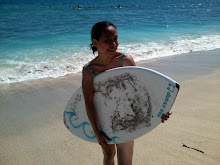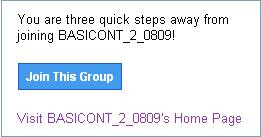- is the study of the components that make up a computer system and how they are interconnected.
Computer Organization
- is concerned with the implementation of a computer architecture.
General purpose (revised Von Neumann) architecture

Functions:
Processor
- executing instruction
- processing the data
- components: control unit, register set, and arithmetic/logical unit
Memory
- where data reside
Control Unit
- fetches the instruction from the memory or I/O devices place it in a queue
- update the program counter
- also decodes the fetched instruction into binary form
- performs the address translation
- controls the timing of all computer operations according to the system clock
System bus
- acts as the bridge for the processor and other components for them to communicate
Internal bus
- acts as the subway within the processor for the other components to communicate
ALU
- where arithmetic and logical operation is processed
Register Set
Segment register
- used as base location address for instruction
Code segment (CS)
o holds the base location for all executable instruction (code) in a program
Data Segment (DS)
o base location for variables
Stack Segment (SS)
o holds the stack base location
Extra Segment (ES)
o additional base location
Pointer Register
- contain the offset of data instruction
Instruction pointer
o contains the offset address of the next instruction to be executed
o associated with CS
Base Pointer (BP)
o contains an assumed offset from SS
o used by subroutine to locate variables
o associated with DS
Stack Pointer (SP)
o contains the offset of the top of the stack
o SS and SP combine to form a complete address of the stack
General Purpose Register
- data registers
- used for arithmetic and data movement
AX (accumulator)
o arithmetic operations
BX (base)
o hold addresses of a procedure or variable
CX (counter)
o a counter for repeating or looping instruction
DX (data)
o a special role in multiply and divide operation
Index Register
- contain the offset of data instructions
Source Index (SI)
o source string is pointed to by SI
Destination Index (DI)
o acts as the destination for string movement instruction
Flags Register
O = overflow
- indicate overflow of the left most bit
D = direction
- determine left or right direction for moving or comparing data
I = interrupt
- indicate that all interrupts to be processed or ignored
T = trap
- permit operation of the processor in single-step-mode
S = sign
- indicate the resulting sign of an arithmetic or comparison operation 0 (negative), 1 (positive)
Z = zero
- indicate the resulting value if 0 (nonzero), 1 (zero)
A = auxiliary carry
- contain a carry out of bit 3 on 8 bit data
P = parity
- indicate even or odd parity, 0 (disparity), 1 (parity)
C = carry
- contain leftmost bit
Bit = 0 or 1
Byte = 8 bits
Word = 2 bytes or 16 bits
Representation of nonnumeric data
ASCII – American Standard Code for Information Interchange
A – Z (41h – 5Ah)
a – z (61 – 7Ah)
0 – 9 (30h – 39h)
EBCDIC – Extended Binary – Coded Decimal Interchange Code
A – I (C1h – C9h)
J – R (D1h – D9h)
S – Z (E2h – E9h)
a – i (81h – 89h)
j – r (91h – 99h)
s – z (A2h – 9h)
0 – 9 (F0h – F9h)





